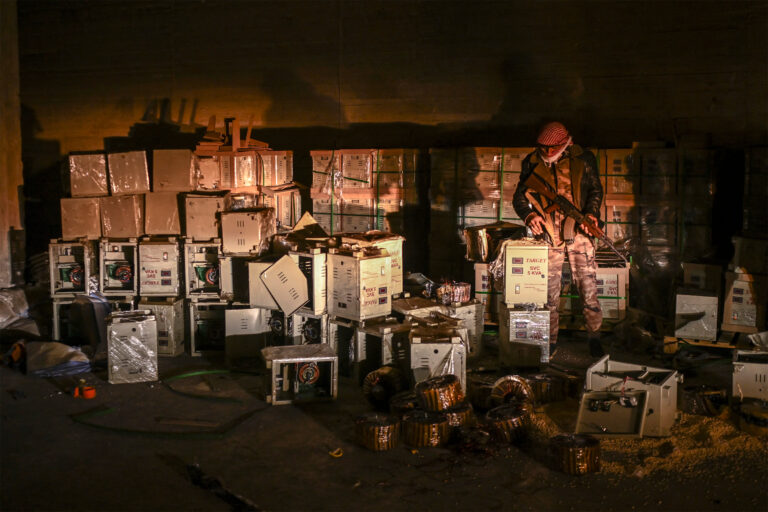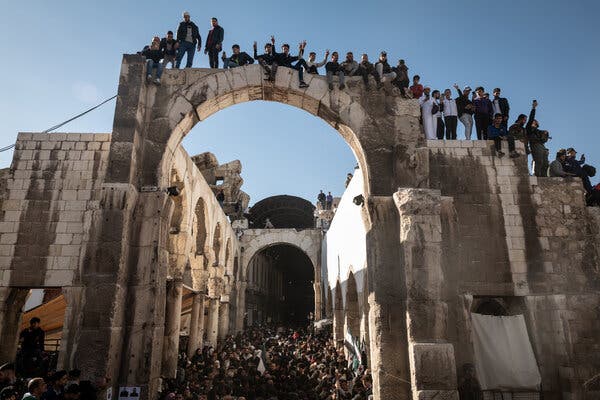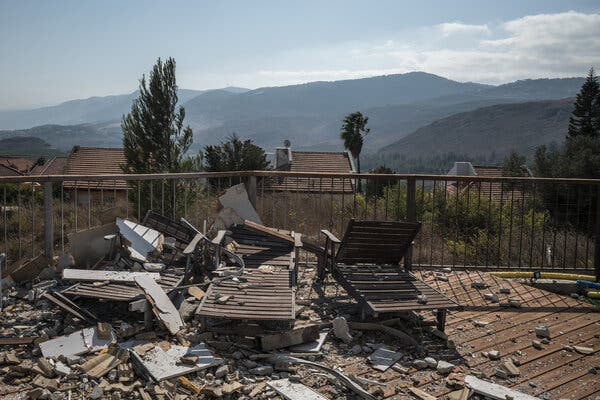What we know about the strikes, the death toll and how it is calculated.

Israel’s strikes on Lebanon on Monday amounted to one of the most intense air raids in contemporary warfare, outstripping even the bombing of Gaza during the opening days of the Israeli-Hamas war in October, war experts said.
The death count is also one of the highest daily tolls in recent global wars, and could rise because people are still believed to be trapped under the rubble in Lebanon.
War death tolls are estimates, and exact comparisons between conflicts are difficult. But the toll on Monday in Lebanon exceeded most daily tolls in Gaza over the past year and more than doubled the average daily death rate during the deadliest year of the Syrian civil war.
Here’s what else to know.
The number of targets struck by Israel
The Israeli military said it hit more than 1,600 targets in Lebanon on Monday, a number that has few, if any, precedents in 21st-century warfare, according to Emily Tripp, the director of Airwars, a British conflict monitor.
It is roughly 300 more than the number of targets Israel struck during the opening three days of its Gaza offensive after the Hamas-led attack on Oct. 7 — a number that itself was considered unusually high.
During the U.S.-led air campaign against the Islamic State in Iraq and Syria between 2014 and 2017, Western fighter jets struck an average of 650 targets a month across a much wider area, according to data published by the Department of Defense.
Deadliest Day in Lebanon in Decades
Sources: Lebanon’s health ministry; Human Rights Watch; United Nations Human Rights Council. Note: Around 400 deaths during the 2006 war were reported but not recorded on a specific day.
By Pablo Robles and Agnes Chang



